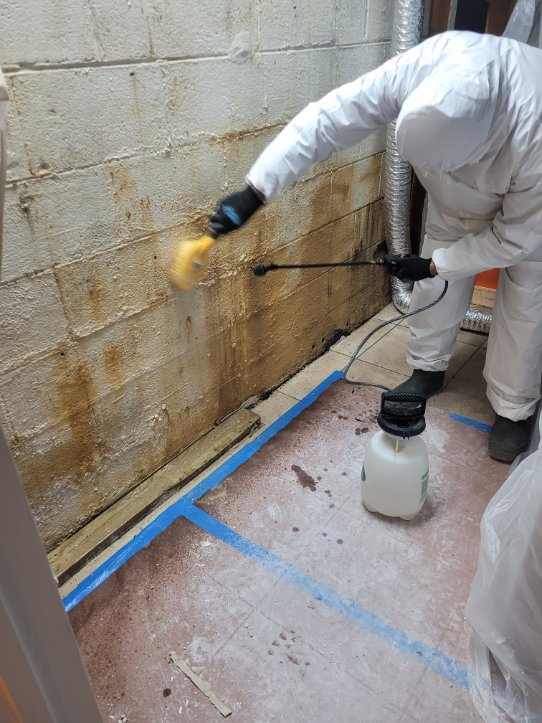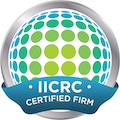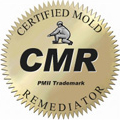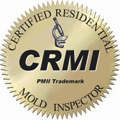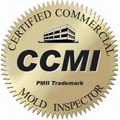Water damage can wreak havoc on any property, especially in regions like the DC metro area and Southern Maryland where heavy rains and humidity are common culprits. One crucial aspect of addressing water damage effectively is determining whether it’s old or new. This knowledge not only aids in understanding the extent of the damage but also guides in implementing the right restoration measures. Let’s delve into the key indicators that help distinguish between old and new water damage:
Appearance and Texture:
One of the primary ways to discern between old and new water damage is by closely examining the affected surfaces. New water damage often appears fresher, with water stains appearing more prominent and the affected area retaining moisture. Conversely, old water damage might exhibit signs of discoloration, peeling paint, or a musty odor, indicating prolonged exposure to moisture.
Mold Growth:
Mold thrives in damp environments, making it a common consequence of water damage, especially if left untreated. When assessing water damage, keep an eye out for mold growth. In new water damage scenarios, mold might not have had sufficient time to develop significantly. Conversely, in older cases of water damage, mold colonies may have already taken hold, presenting a more extensive cleanup & remediation challenge.
Odor Detection:
An unmistakable musty odor often accompanies older water damage due to mold and mildew growth. This distinct smell arises from the decomposition of organic materials affected by prolonged moisture exposure. On the other hand, new water damage may not emit a strong odor initially, making it imperative to act swiftly to prevent mold proliferation and the associated cleanup efforts.
Structural Integrity:
Assessing the structural integrity of the affected area can also offer insights into the timeline of water damage. In cases of new water damage, structural materials such as wood and drywall may still retain some of their original strength. However, in older instances of water damage, these materials may show signs of degradation, including warping, rotting, or crumbling, indicating prolonged exposure to moisture.
Professional Inspection and Restoration:
Given the complexities involved in identifying and addressing water damage, especially in a region like the DC metro area prone to weather extremes, seeking professional assistance is paramount. Restoration experts possess the necessary expertise and tools to accurately assess the extent of water damage, identify its timeline, and execute appropriate cleanup and restoration measures.
Effectively managing water damage requires a keen understanding of its characteristics, especially in regions like the DC metro area where weather conditions can exacerbate its impact. By discerning between old and new water damage through visual cues, odor detection, and structural assessment, property owners can take proactive steps to mitigate further damage and safeguard their investments. Remember, when in doubt, enlist the expertise of professional restoration services to ensure thorough cleanup and restoration, protecting both property and occupants from the detrimental effects of water damage and mold growth.

